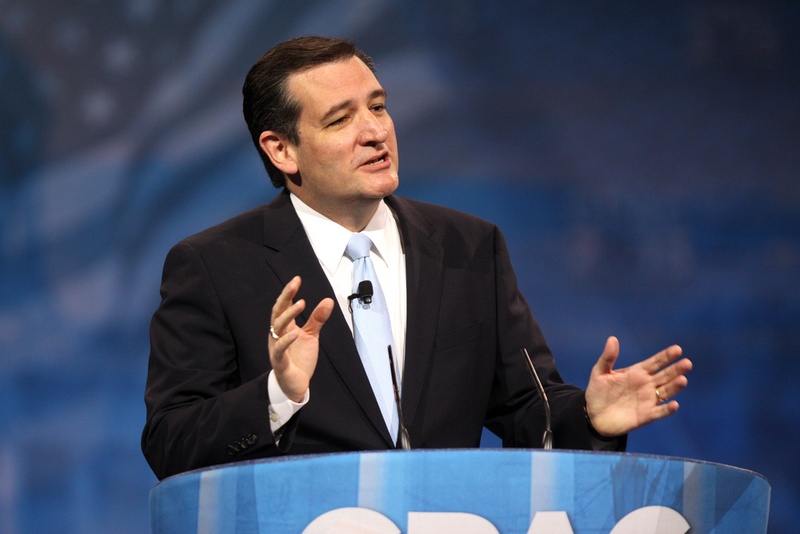The perplexing case of the Ted Cruz super PACs

Most presidential candidates have one, perhaps two super PACs championing their cause.
Three of those are exclusively funded by one donor or a family of donors. Creatively, they’re named Keep the Promise I, Keep the Promise II and Keep the Promise III. The trilogy of super PACs has a combined war chest totaling more than $36 million dollars. (That’s still less than Jeb Bush, whose super PAC Right to Rise has raised $103 million.)
Keep the Promise I is primarily funded by an $11 million donation from Robert Mercer of Renaissance Technologies. Mercer is a computer scientist, businessman and hedge fund manager.
Keep the Promise II is funded by a single $10 million contribution from Toby Neugebauer. Neugebauer is a co-founder of Quantum Energy Partners, which invests in the oil and gas industry. He is also the son of Texas Rep. Randy Neugebauer, R, and has donated to other Republican candidates like Rick Perry. He now lives Puerto Rico.
Keep the Promise III exists thanks to a combined $15 million in contributions by four members of the Wilks family, known for their masonry business in Oklahoma and Texas. Farris Wilks also works at a pastor in Texas. In 2011, Forbes listed the family as one of the newest “undercover billionaires,” in part due to their recent investments in fracking.
The million-dollar question is what’s the strategy here? In April, CNN spoke to Dathan Voelter, the treasurer of Keep the Promise II, Keep the Promise III and another super PAC called Keep the Promise PAC (a different group than Keep the Promise I). He stated this was a strategy to give megadonors “influence and control” over how their money is spent.
Some media outlets have suggested that could be because donors have conflicting goals for campaigns. For instance, one donor might want to run attack ads against an opponent. Another might think a better strategy is building up the candidate they support. Some might think television ads are the way to go, another may think online ads are more effective.
Adding credence to that theory, each PAC lending Cruz its support seems to have its own distinct spending. Disbursements from the Keep the Promise PAC (comprised of smaller donors than I, II and III, with contributions from $500 to $5,000) are primarily for media and Internet efforts. One of the expenditures from the most recent disclosure notes the super PAC spent $25,000 hiring Revolution Pictures in Nashville, Tenn., to produce a video for them. (According to their Facebook page and website, Revolution Pictures recently produced a 30 for 30 documentary for ESPN and has created a variety of commercials you likely recognize.)
Meanwhile, Take Back DC is spending most of its money on direct mail and consulting.
Stand for Principle appears founded around a $250,000 donation reportedly from a cellphone executive in New York. That fund has spent most of its money on travel, political strategy, media and PAC T-shirts.
Though identical in donor size, the Keep the Promise “triplets” so far appear to have different distinct identities as well.
As of July 31, Keep the Promise II hadn’t listed any disbursements and Keep the Promise III has spent $5,000 on what is listed as PAC legal services.
Meanwhile, Keep the Promise I appears to be utilizing the political strategy of tearing down Democratic candidates while building up Ted Cruz. In its independent expenditures, it lists giving just shy of $80,000 for media opposing Hillary Clinton while spending $40,000 on media supporting Ted Cruz. It had also passed $500,000 over to CARLY for America, a super PAC supporting Carly Fiorina.
Right now, only super PACs supporting Cruz seem to be utilizing this strategy. It is still perplexing why megadonors who want control would go this route. Keep the Promise I sending money to CARLY for America is a reminder that these super PACs are capable of spending their money in any way they see fit. It begs the question: What was the strategy behind setting up super PACs for specific donors? Why shouldn’t those donors have just gone the way of the Koch brothers and start their own super PACs to support multiple candidates? Perhaps the strategy will crystalize as the campaign plays out and we see more of their expenditures.

